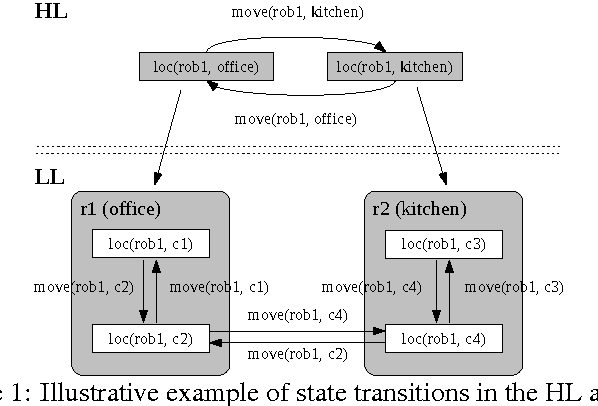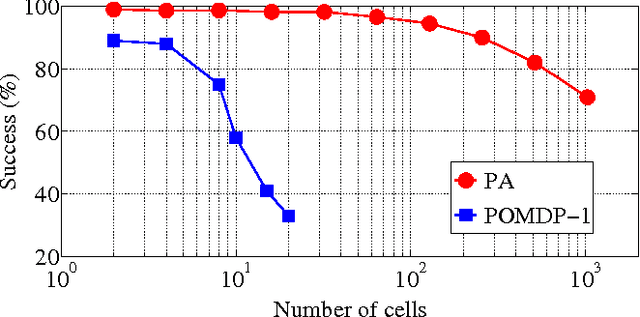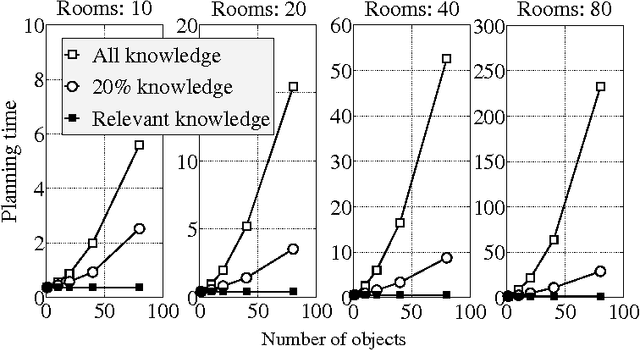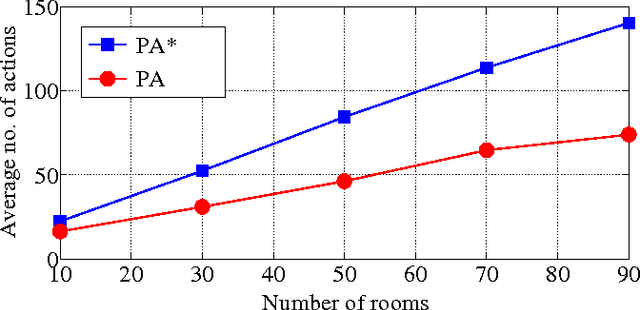KR$^3$: An Architecture for Knowledge Representation and Reasoning in Robotics
Paper and Code
May 05, 2014



This paper describes an architecture that combines the complementary strengths of declarative programming and probabilistic graphical models to enable robots to represent, reason with, and learn from, qualitative and quantitative descriptions of uncertainty and knowledge. An action language is used for the low-level (LL) and high-level (HL) system descriptions in the architecture, and the definition of recorded histories in the HL is expanded to allow prioritized defaults. For any given goal, tentative plans created in the HL using default knowledge and commonsense reasoning are implemented in the LL using probabilistic algorithms, with the corresponding observations used to update the HL history. Tight coupling between the two levels enables automatic selection of relevant variables and generation of suitable action policies in the LL for each HL action, and supports reasoning with violation of defaults, noisy observations and unreliable actions in large and complex domains. The architecture is evaluated in simulation and on physical robots transporting objects in indoor domains; the benefit on robots is a reduction in task execution time of 39% compared with a purely probabilistic, but still hierarchical, approach.
 Add to Chrome
Add to Chrome Add to Firefox
Add to Firefox Add to Edge
Add to Edge